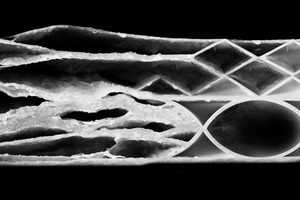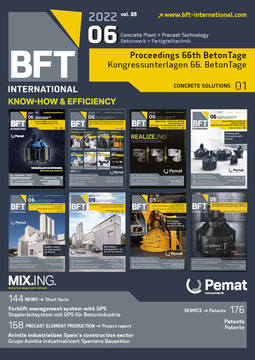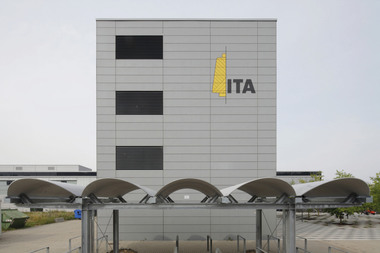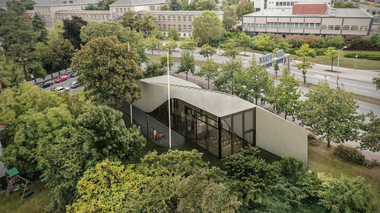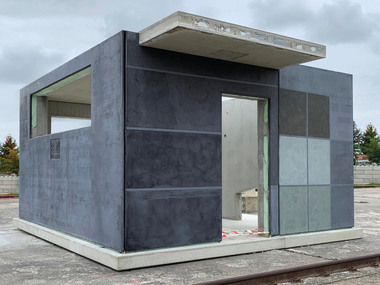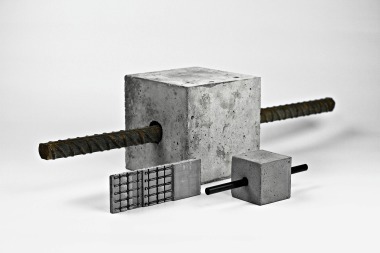Material-minimized carbon-reinforced concrete
structures – Overview of research in CRC/TRR 280
In CRC/TRR 280, “Design strategies for material-minimized carbon-reinforced concrete structures”, scientists of TU Dresden, RWTH Aachen University and the Leibniz Institute of Polymer Research Dresden (Leibniz-Institut für Polymerforschung Dresden e. V.; IPF) have joined forces to research the principles of a new approach to construction. The research concept is based on many years of preliminary work. Basic research on the new composite material, textile-reinforced concrete, was carried out in the Collaborative Research Centers CRC 528 and CRC 532 from 1999 to 2011, for example, which ultimately resulted in the development of carbon-reinforced concrete. Building on this, applied research on carbon-reinforced concrete began in the “Carbon Concrete Composite – C3” research partnership in 2014. In the CRC/TRR 280, this is followed by basic research on design strategies for carbon-reinforced
concrete structures.
The collaboration of different disciplines – civil engineering, mechanical engineering, botany, algebra, science architecture – aims to develop new impetus and new ideas to enable new approaches to designing and building with carbon-reinforced concrete. Whereas previous research focused on the material or material composite, the current research will focus on the design. It will not focus on a single, singular or specific design, however, but rather on the mode and method of designing. For the new composite material, with its outstanding material properties, makes it possible to build structures that are slender while at the same time offering high load-bearing capacities. Nevertheless, the design and structural detailing of building elements has to date been carried out according to conventional patterns. In order to tap the full potential of carbon-reinforced concrete as a composite material, and to enable structures of high load-bearing capacity designed in line with load and material requirements, it is necessary to discard existing patterns of thought, open up new sources of inspiration, find entirely new approaches to designing, and explore new principles of design detailing. This is the goal of CRC/TRR 280.

